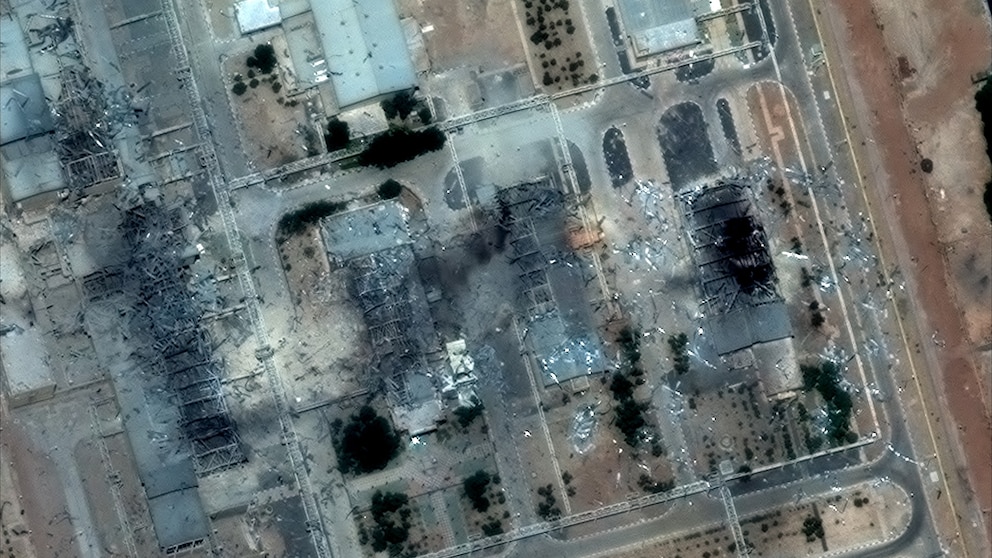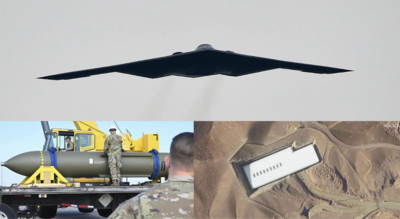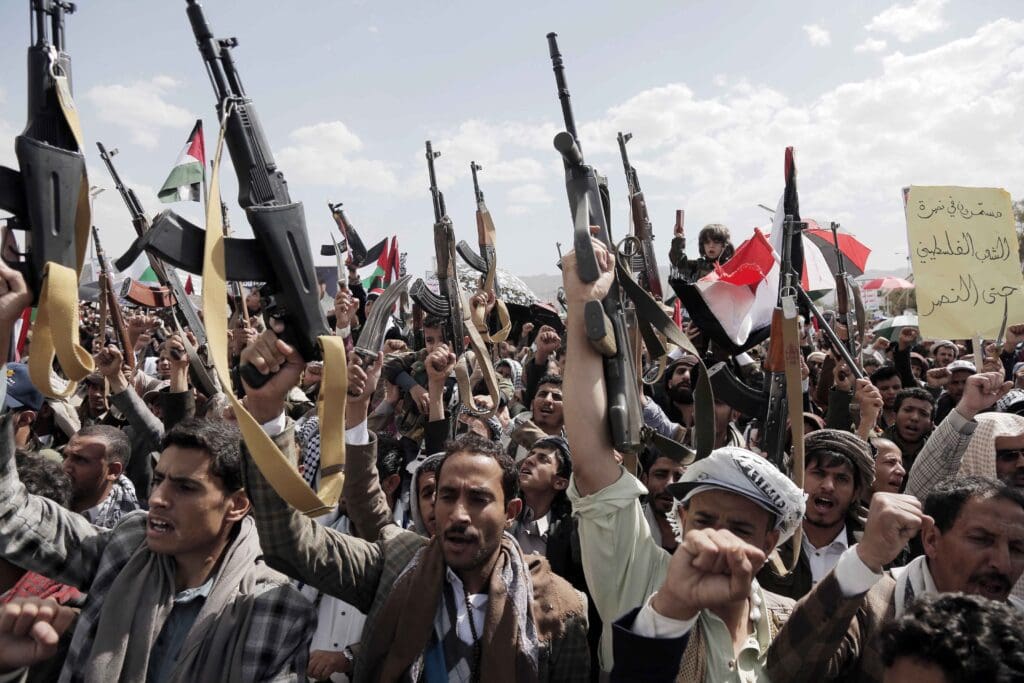The U.S. Strikes on Iran’s Nuclear Sites: Understanding the Fallout.

In the early hours of June 22, 2025 (local time), the United States launched a significant military operation—**Operation Midnight Hammer**—against three Iranian nuclear facilities: Fordow, Natanz, and Esfahan. This marks the most direct U.S. military action on Iranian soil since 1979 and represents a dramatic escalation in the Iran–Israel–U.S. conflict.
1. What Happened?

According to U.S. officials, B‑2 stealth bombers carried out the strikes, dropping powerful 30,000‑lb GBU‑57 “Massive Ordnance Penetrator” bunker‑busting bombs on Fordow and Natanz. Concurrently, a submarine-launched barrage of Tomahawk cruise missiles hit targets at the Esfahan nuclear technology center.
U.S. Defense Secretary Pete Hegseth and Joint Chiefs Chair Gen. Dan Caine described the mission as “devastating” to Iran’s nuclear capabilities—part of a plan to disable enriching infrastructure without targeting civilians.
2. Immediate Impact & Damage

Satellite imagery from Maxar Technologies shows extensive cratering above the underground Fordow complex, with tunnel entrances reportedly buried by debris. At Esfahan, multiple buildings were smashed by Tomahawks, damaging uranium conversion equipment. Natanz saw a new crater atop the underground enrichment halls :
Despite the severity, the **IAEA has reported no detectable rise in radiation levels** outside the facilities.
3. Why Now?
The move follows a series of Israeli airstrikes on Iranian nuclear and military sites beginning June 13, backed by covert operations by Mossad that degraded Iran’s air defense systems.
Washington coordinated closely with Tel Aviv; Israeli leaders praised the operation for bolstering regional security, urging Tehran to halt enrichment and pursue peace.
4. Legal and Political Controversy
Iran’s government condemned the strikes as illegal aggression, warning of “everlasting consequences” in violation of international law. In the U.S., critics raised alarms over the lack of congressional authorization and constitutional authority for the president to undertake such strikes.
5. Regional Repercussions

Tehran vowed to defend itself and hinted at reprisals, possibly through proxy groups or missile strikes that may target U.S. personnel and allies. Yemen's Iran-backed Houthis also threatened action against American shipping in the Red Sea.
Israel activated its air defense systems as Iranian retaliation unfolded with missile and drone launches into Israeli airspace.
6. Global Reactions
- U.S. Republicans largely praised the strikes; Congressional Democrats expressed concern over escalation.
- European allies urged de-escalation and a return to diplomacy.
- The UN held an emergency Security Council session; IAEA urged restraint and dialogue.
7. What Comes Next?
- Battle Damage Assessments: The Pentagon continues to evaluate underground damage, especially at Fordow.
- Heightened Military Readiness: U.S. forces in the region are on alert, and Iran is considering closing the strategic Strait of Hormuz.
- Diplomatic Pressure: U.S. leaders called for Iran to cease enrichment or face further action, though Tehran shows no immediate interest in talks.
8. Why It Matters
The strikes symbolize a profound shift: the U.S. is now directly involved in kinetic operations against Iran’s nuclear infrastructure—a step previously avoided due to high risks of escalation. This sets a new precedent in strategic deterrence—but also brings unprecedented instability to the region.
Conclusion
Operation Midnight Hammer has disrupted Iran's nuclear infrastructure, showcased U.S. military reach, and underscored America's commitment to Israel’s security. Yet, the strikes carry gravity: constitutional questions, global alarm, and the specter of a broader regional war.
The coming days and weeks will be pivotal. Will diplomacy prevail, or will tit-for-tat escalation drag the Middle East into wider conflict? With global eyes watching, this event may mark a turning point in the future of non-proliferation and geopolitical balance.




